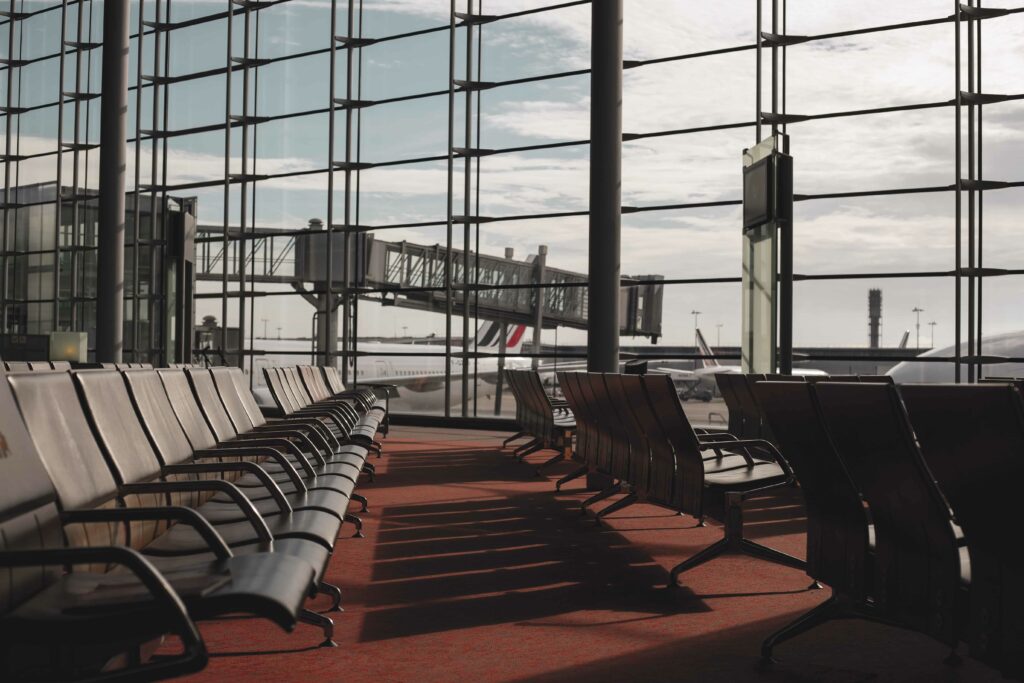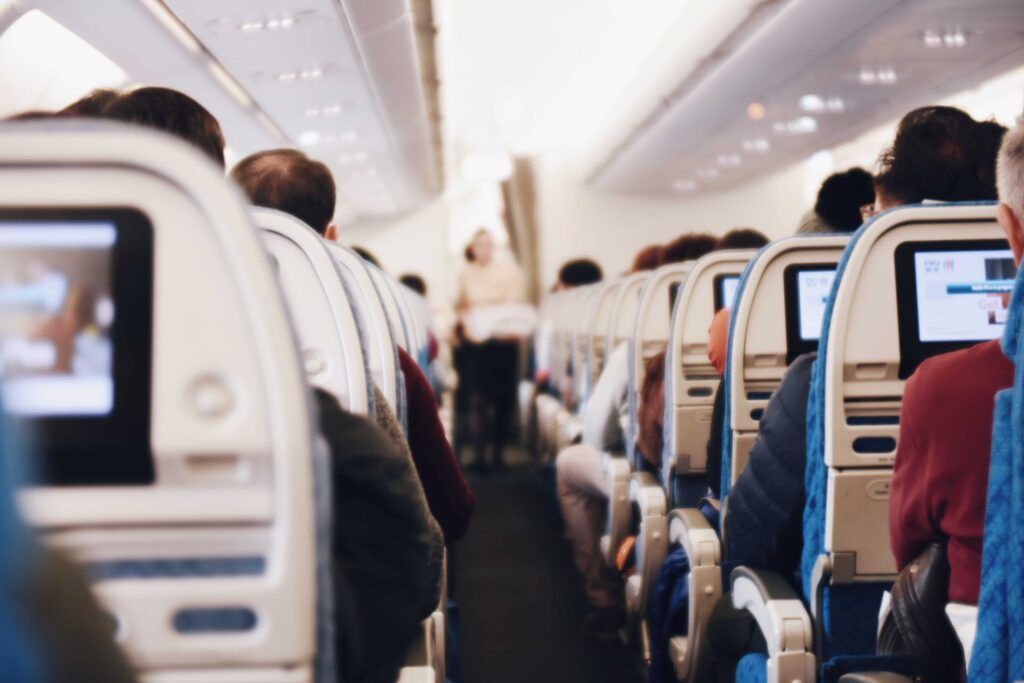A Change in the Air Navigation Service Financing System? What is the Purpose?
"While it would be easy to say that states should support aviation because it generally helps economic growth, there are also counter-arguments that it is better to have a fully user-financed system. The reactions of states to the pandemic show that, depending on national transport policy considerations, different measures were introduced during the crisis years, demonstrating that willingness and the appropriateness of state support is not an unambiguous point either" writes Kálmán Seregélyes, Head of Controlling and International Finances Department at HungaroControl, in this new opinion piece, where he reflects on the discussions of the 19th Florence Air Forum.
This article by Kálmán Seregélyes, Head of Controlling and International Finances Department at HungaroControl, originally appeared in the European Transport Regulation Observer “Financing Air Traffic Management: Is there a need for a new approach?” (July, 2023).
After the COVID-19 pandemic, discussion on a possible change in the air navigation service (ANS) financing system increased. Many held the view that the current performance scheme failed to address the main challenges that arose during the crisis and required adjustment. Discussion on how the system can be improved is very welcome, but it should be based on a systematic approach, i.e. 1) proper balanced assessment of the status quo, and 2) clear aims which are to be achieved by the eventual changes. This is logical, but in practice we often fail to stick to these simple principles.
Assessment of the status quo is far from unambiguous, which is why we should first define which dimensions we should use to judge its appropriateness. In my view, the very first thing to look at is whether the system was able to stay operational. The performance scheme passed this test. Although there were some adjustments, the underlying principles did not need to be modified and the performance scheme managed to handle the crisis. Certainly, the system had to adapt to the changing environment in several ways, such as:
– first and foremost, the pandemic changed the working environment and led to special working conditions in order to safeguard the health of employees;
– air navigation service providers (ANSPs) previously working without external financing had to apply for bank loans and obtain other forms of liquidity;
– in parallel, the drop in revenue led to cost cuts and cost-saving measures in the whole aviation chain.
Thanks to their efforts, stakeholders managed to keep the aviation system operational. The system played its part very well during the crisis and helped Europe tackle the challenges posed by COVID.
Nevertheless, many had the impression that there were discrepancies in the system which required an adjustment. We need to identify them and agree on what we aim to tackle.
– We have to decide whether the adjustments we are seeking are for times of crisis or if they are instead meant for normal times;
– When we speak of financial challenges, do we mean liquidity, solvency or profit and loss-related issues?
– If it is about liquidity, what is the source of the problem: price, quantity, regulatory constraints or even accessibility? (The loan organised by EUROCONTROL is a very good example showing that not all states were interested in the jointly procured loan facility, and at the same time it is also proof that some – even states with very established financial markets such as the UK – needed the support.)
– There was no harmonised approach among states in the EU. Consequently, some of the challenges that arose for stakeholders may have been linked to national measures. This is not something to be solved with a general change in the ANS financing system.
The above examples clearly show that before changing the ANS financing framework, we need to be sure what we wish to achieve with the changes.
Furthermore, the performance scheme passed the test in that the immediate financial effect of falling ANSP revenue was not immediate unit rate increases. The basic principles of the system (i.e. differences compared to plans and eligible for future recovery ability can be built into the year n+2 price at the earliest) forced ANSPs to find other ways to finance liquidity issues. This certainly helped the recovery of traffic after the pandemic by postponing the financial effects of carry-overs (and this was particularly the case after the Commission spread the recovery period from 2 years to 5 or 7). Naturally, the postponement had a price (interest), and I also understand that the airlines would prefer not just to have these amounts postponed but instead for somebody to finance them instead of themselves, such as states.
Thus, we have arrived at the point that often comes into focus in current discussions: public financing. While it would be easy to say that states should support aviation because it generally helps economic growth, there are also counter-arguments that it is better to have a fully user-financed system. The reactions of states to the pandemic show that, depending on national transport policy considerations, different measures were introduced during the crisis years, demonstrating that willingness and the appropriateness of state support is not an unambiguous point either. In fact, if we consider, that aviation is a catalyst of economic growth presumably in a larger area, such as the EU (rather than small states), one can find arguments that if there is a public share in ANS financing, it should come from the EU budget.
This, along with other topics, such as the traffic risk sharing scheme (which I also consider needs adjustment since it fails to comply with the principle that risk shall be borne by the party best able handle it), could certainly be a starting point for future discussions on how to change the ANS financing system. But only after setting clear aims that we want to achieve…







